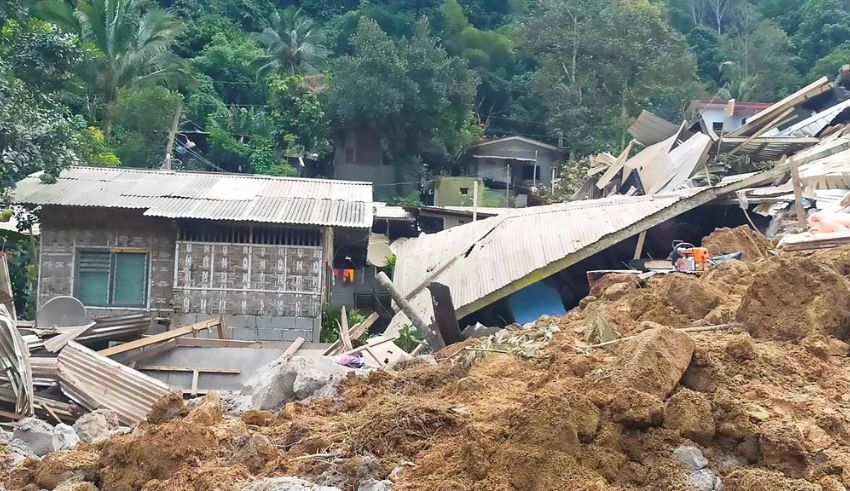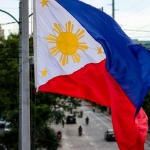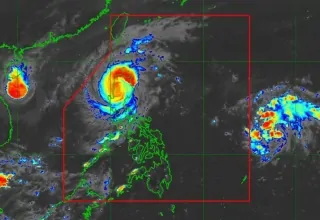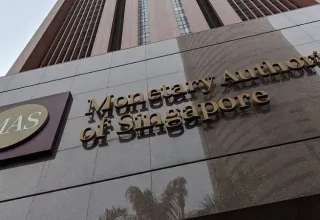
On the night of February 7, 2024, a massive landslide struck the gold-mining village of Masara in Maco town, Davao de Oro province, Philippines, burying hundreds of people and vehicles under tons of mud and debris.
The disaster, triggered by weeks of heavy rain and exacerbated by the unstable soil and deforestation in the area, claimed at least 54 lives and left 63 others missing, according to the latest official report. The landslide also destroyed dozens of houses and infrastructure, and disrupted the livelihood and economy of the community.
The Rescue and Recovery
The rescue and recovery efforts were hampered by the difficult and dangerous conditions, such as the limited access and visibility, the unstable terrain and weather, and the risk of more landslides. The local authorities and agencies, supported by the national government and the international organizations, mobilized thousands of personnel and equipment, such as soldiers, police, firefighters, volunteers, excavators, and drones, to search for survivors and retrieve bodies from the rubble. The rescue and recovery efforts were also guided by the use of biometric verification, GPS, and CCTV, to identify and locate the victims and the vehicles.
Among the few miracles and stories of survival, one of the most remarkable was that of a three-year-old girl, who was pulled alive from under the rubble on Friday, after being trapped for more than two days. The girl, who suffered only minor injuries, was reunited with her mother, who had also survived the landslide.
The Relief and Rehabilitation
The relief and rehabilitation efforts were focused on providing the immediate and long-term needs and assistance to the affected population, such as food, water, shelter, medicine, clothing, and counseling. The local authorities and agencies, supported by the national government and the international organizations, established evacuation centers and temporary shelters, where more than 1,000 families were accommodated and served. The relief and rehabilitation efforts were also aided by the donations and contributions from various individuals and groups, such as celebrities, corporations, and NGOs.
The reconstruction and restoration of the village and its infrastructure, such as roads, bridges, power lines, and water systems, were also planned and implemented, with the aim of restoring the normalcy and functionality of the community. The local authorities and agencies, supported by the national government and the international organizations, allocated funds and resources, and employed experts and consultants, to design and execute the reconstruction and restoration projects, with the consideration of the environmental and social impacts and sustainability.
Keep Reading
The Causes and Consequences
The causes and consequences of the landslide were complex and multifaceted, as they involved various factors and actors, such as the natural and human-induced phenomena, the political and economic interests, and the legal and ethical issues. Some of the causes and consequences of the landslide were:
- The natural and human-induced phenomena: The landslide was caused by the combination of the natural and human-induced phenomena, such as the heavy rainfall, the seismic activity, the soil erosion, and the deforestation. The rainfall, which was intensified by the La Niña phenomenon, saturated the soil and increased the water pressure. The seismic activity, which was triggered by the recent earthquakes in the region, weakened the soil structure and stability. The soil erosion, which was aggravated by the illegal logging and mining activities, reduced the soil resistance and cohesion. The deforestation, which was driven by the population growth and the land conversion, removed the vegetation cover and protection.
- The political and economic interests: The landslide exposed and challenged the political and economic interests of the various stakeholders and actors, such as the government, the mining industry, and the local community. The government, which was responsible for the regulation and oversight of the mining activities, faced criticism and scrutiny for its alleged negligence and corruption, and for its failure to enforce and implement the laws and policies on environmental protection and disaster risk reduction. The mining industry, which was the main source of income and employment for the village, faced opposition and resistance for its alleged exploitation and abuse, and for its negative effects on the environment and the society. The local community, which was dependent on the mining industry for its livelihood and economy, faced dilemma and division for its support or rejection of the mining industry, and for its demand or compromise for its rights and welfare.
- The legal and ethical issues: The landslide raised and highlighted the legal and ethical issues of the situation, such as the accountability and liability, the compensation and justice, and the prevention and mitigation. The accountability and liability, which pertained to the identification and prosecution of the parties and individuals who were responsible or involved in the landslide, and who violated or breached the laws and regulations on mining and environment. The compensation and justice, which pertained to the provision and distribution of the financial and material assistance and support to the victims and the affected population, and to the recognition and protection of their rights and interests. The prevention and mitigation, which pertained to the formulation and execution of the plans and measures to avoid or reduce the occurrence and impact of similar disasters in the future, and to improve the preparedness and resilience of the community.
The tragedy of Masara was a devastating and heartbreaking event that affected the lives and livelihoods of thousands of people in the Philippines. The event also revealed and challenged the various aspects and dimensions of the situation, such as the natural and human-induced phenomena, the political and economic interests, and the legal and ethical issues.
The event also called and inspired the various responses and actions from the stakeholders and actors, such as the rescue and recovery, the relief and rehabilitation, and the reconstruction and restoration. The event also demanded and required the collective and collaborative efforts and cooperation from the local, national, and international levels, to address and overcome the challenges and opportunities of the situation, and to build a better and safer future for the people and the planet.


























